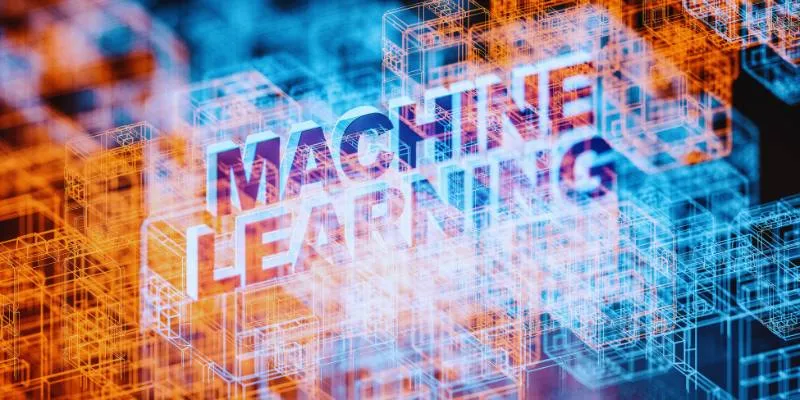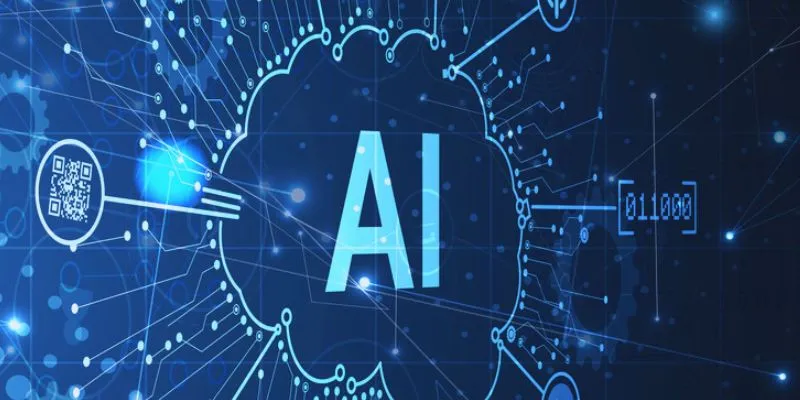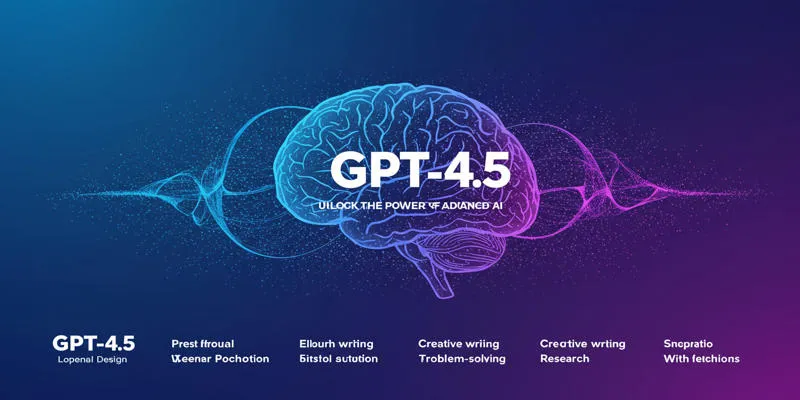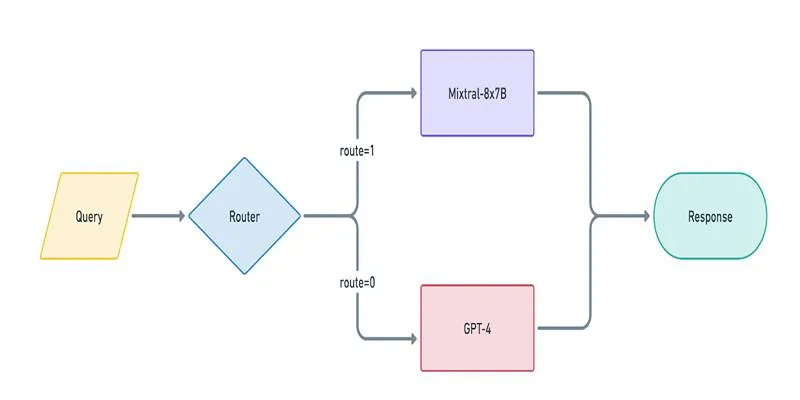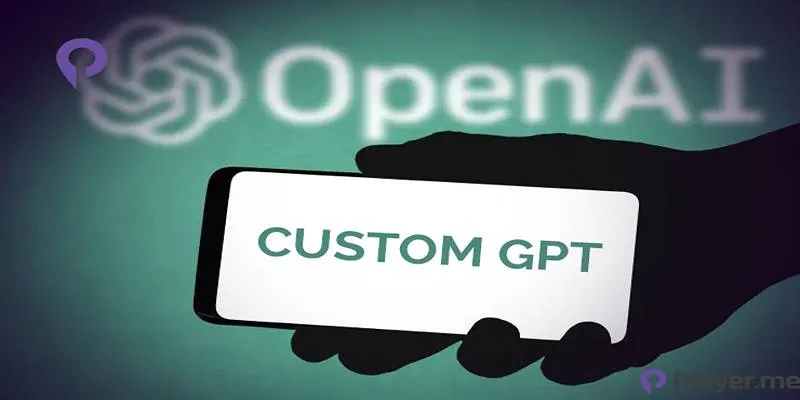The operation of autonomous systems is transforming through reinforcement learning (RL). This machine learning technique allows machines to make decisions based on previous experiences, enabling artificial intelligence to evolve over time without continuous human intervention. RL is crucial in AI- driven autonomous systems as it enhances accuracy, adaptability, and speed in decision-making, advancing technologies like industrial robots, drones, and self-driving cars. This learning method thrives on trial and error, which helps develop superior strategies.
With each successful action, the system receives rewards. When errors occur, the system learns to avoid them. As a result, modern technology heavily relies on reinforcement learning for autonomous vehicles and AI-based decision- making systems. This article explores RL’s benefits, challenges, and real- world applications.
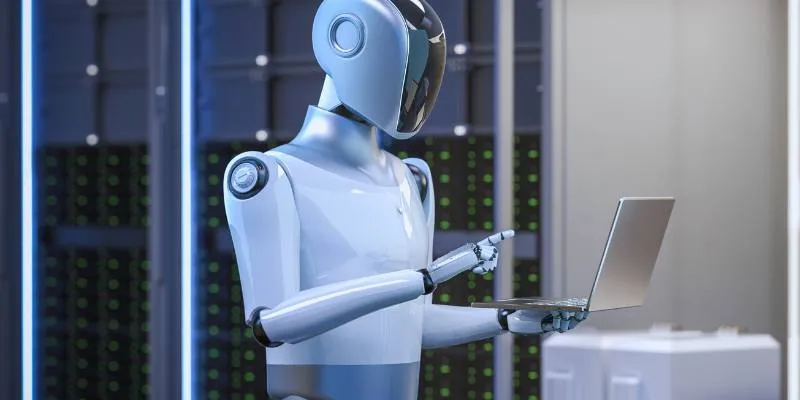
Understanding Reinforcement Learning in Autonomous Systems
Reinforcement learning enables autonomous systems to make independent decisions by teaching robots to understand their environment through ongoing interactions. Every action can lead to a reward or punishment, guiding the system to identify effective and ineffective strategies. This learning approach excels in AI-based decision-making, allowing machines to adapt in real-time without new programming—a critical capability in uncertain environments like self-driving cars navigating changing traffic conditions.
The RL process includes agents, actions, states, and rewards. Agents make decisions, actions alter the environment, states describe current conditions, and rewards steer the agent toward desired behaviors. This methodology enables AI-driven autonomous systems to grow smarter with experience and manage complex situations better. Unlike traditional pre-programmed automation, RL allows continuous development and growth.
Benefits of Reinforcement Learning in AI-Driven Systems
Reinforcement learning offers several advantages for AI-driven autonomous systems. The primary benefit is adaptation. RL-driven systems adjust their behavior based on real-world feedback, enabling them to handle unexpected changes effectively. Learning efficiency is another advantage, as systems learn through trial and error, reducing the need for continuous data classification or supervision and minimizing human involvement.
RL enhances decision-making by enabling machines to evaluate multiple options and choose the best course of action. This capability is vital in sectors like robotic surgery or traffic management. Moreover, reinforcement learning in autonomous vehicles improves safety, as vehicles learn to avoid dangerous behaviors during training. These benefits make RL ideal for applications requiring adaptability, fast learning, and autonomous decision-making, ultimately leading to reliable, cost-effective, and scalable AI-based decision-making systems.
Key Challenges of Applying Reinforcement Learning
Despite its advantages, applying reinforcement learning in autonomous systems presents challenges. One major hurdle is the requirement for extensive training data. Effective learning depends on the system’s experience across various scenarios, demanding significant computational resources and time. Balancing exploration and exploitation is another challenge, as systems must explore new strategies while leveraging known effective ones.
Safety is another concern. In critical sectors like transportation or healthcare, errors during training can be detrimental. Developers must create safe training environments before deploying technologies in real-world settings. Additionally, reinforcement learning for autonomous cars must account for complex environments, including roads, weather, and human behavior. Finally, designing reward systems that align with real-world objectives can be difficult. Poorly designed incentives may lead to undesirable behaviors, compromising system reliability.

Real-World Examples of Reinforcement Learning in Autonomous Systems
Reinforcement learning is already powering several advanced autonomous systems. Self-driving cars are a prime example, using RL to learn driving rules, predict other drivers’ behaviors, and respond to unexpected events. Each successful journey enhances their understanding. Industrial robots also benefit from RL, optimizing movements, reducing errors, and increasing efficiency in manufacturing. These robots ensure safety while discovering faster ways to complete tasks.
Additionally, RL aids drones in mission planning, navigation, and obstacle avoidance. By learning from flight data, drones improve their routes and responses. In healthcare, surgical robots use RL to enhance accuracy and safety by learning from simulated operations. Finally, intelligent traffic control systems utilize AI-based decision-making to manage congestion and regulate signals, with RL enabling real-time traffic flow adjustments.
Reinforcement Learning vs. Other Machine Learning Approaches
Reinforcement learning is one of many machine learning approaches. Understanding its differences is key to appreciating its value. Supervised learning uses labeled data to train models, performing well when data is abundant and reliable. However, in autonomous systems, real-world events are constantly changing, reducing the usefulness of pre-labeled data. Unsupervised learning identifies patterns in unlabeled data, useful for anomaly detection but not for direct decision-making guidance.
Reinforcement learning focuses on experience-based decision-making, excelling in dynamic environments where conditions frequently change. This makes RL ideal for AI-driven autonomous systems like cars, drones, and robots. Unlike supervised learning, RL does not require labeled data for every scenario, and unlike unsupervised learning, RL actively learns to act rather than just observe. RL’s emphasis on real-time decision-making through lifelong learning makes it well-suited for adaptive, intelligent systems, fostering innovation across various sectors.
Future of Reinforcement Learning in Autonomous Systems
The future of reinforcement learning in autonomous systems is promising. As computational power increases, training RL models becomes faster and more affordable, enabling businesses to develop smarter systems quickly. An emerging trend is collaborative systems using RL, where multiple independent agents learn cooperative behaviors, benefiting connected cars, robotic teams, and drone swarms.
The integration of deep learning with RL represents another advancement. This hybrid approach allows systems to make intelligent decisions and navigate complex environments. Safety-oriented training is also gaining importance, with researchers developing techniques to ensure RL’s safety in critical applications like autonomous driving and healthcare. Additionally, reinforcement learning for autonomous vehicles will evolve to address increasingly complex traffic conditions. Future urban mobility will rely heavily on AI-driven decision-making enabled by RL. These advancements will help shape intelligent transportation systems, autonomous industries, and future smart cities.
Conclusion
Reinforcement learning is vital for AI-driven autonomous systems, enhancing efficiency, adaptability, and decision-making. By enabling machines to learn independently, RL improves performance over time and is visible in diverse fields, from industrial robots and drones to self-driving cars. Despite challenges such as safety concerns and training complexity, its potential is significant. Future developments will make AI-based decision-making processes increasingly intelligent and reliable. As RL technology evolves, it will become a fundamental component of innovation in various industries and everyday life.
 zfn9
zfn9



